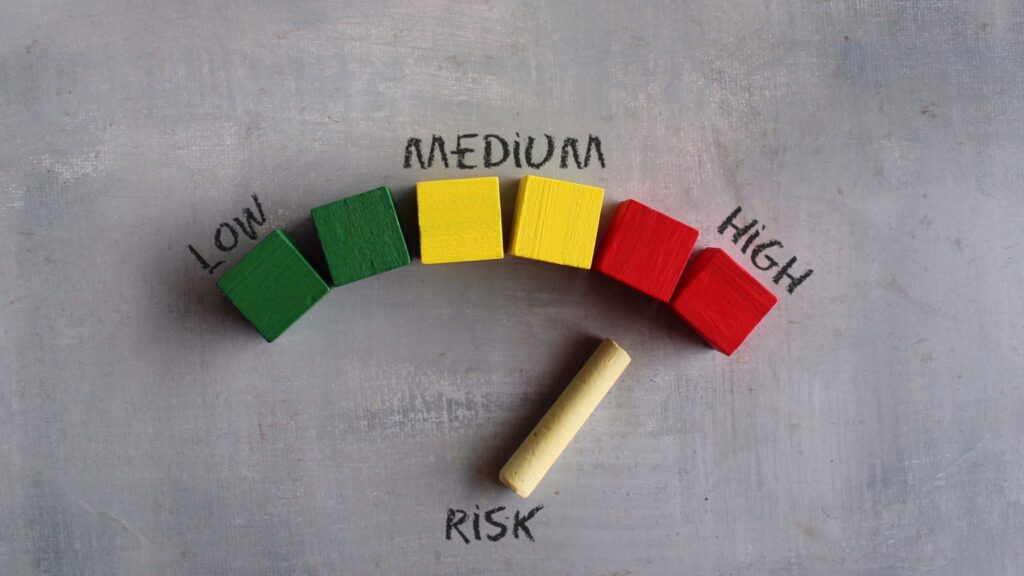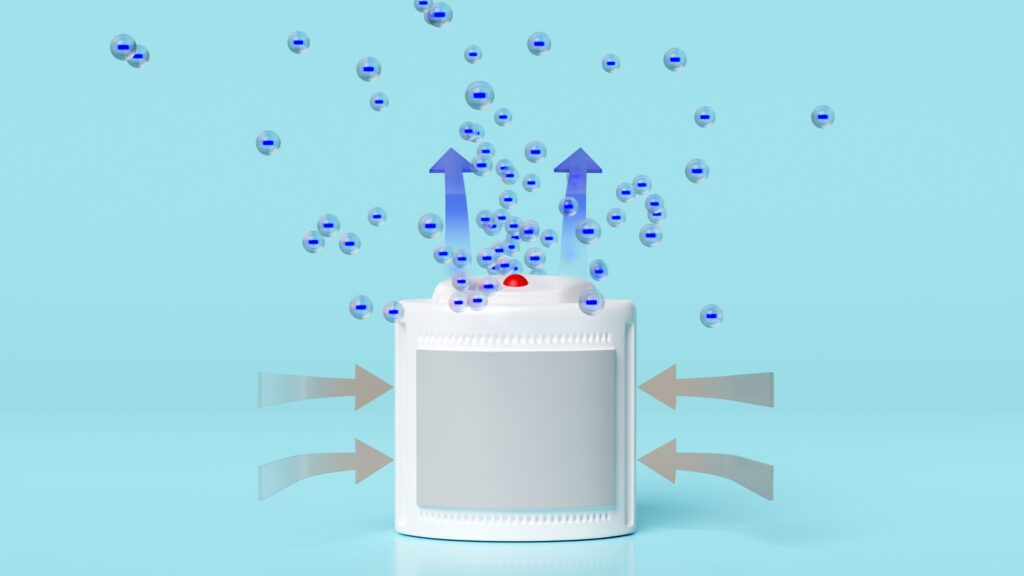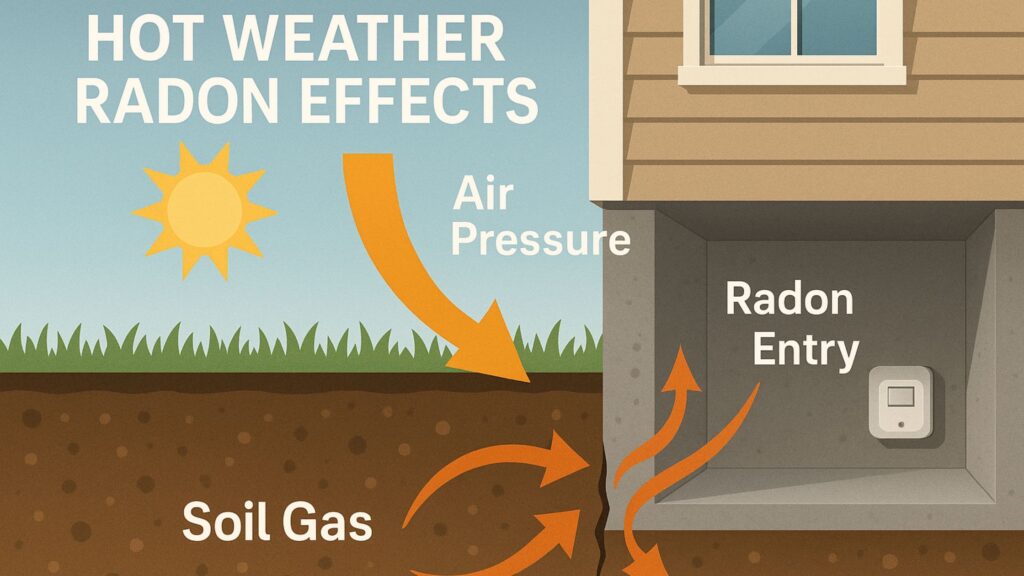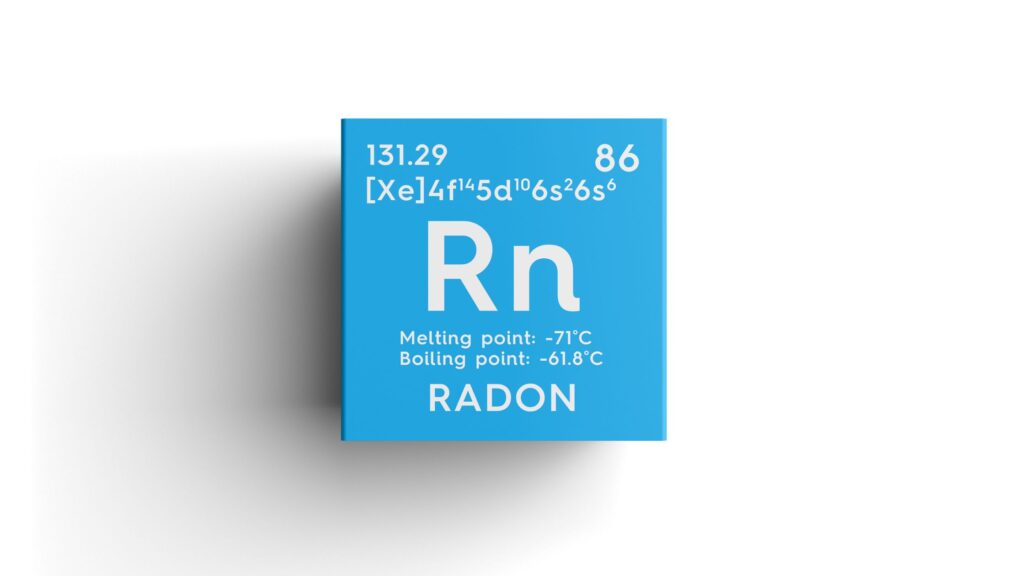Radon is a silent, invisible, and odorless threat that can accumulate inside homes and pose severe health risks. While the U.S. Environmental Protection Agency (EPA) sets the action level at 4.0 picocuries per liter (pCi/L), no radon exposure is entirely safe. Long-term exposure, even at lower concentrations, can increase the risk of lung cancer. Understanding acceptable radon levels, how to measure them, and when to take corrective action is essential for keeping your home safe. With expert help from certified professionals like DSM Radon, homeowners can test, mitigate, and maintain healthy indoor air quality year-round.

Table of Contents
- What Are Acceptable Radon Levels?
- How Radon Becomes a Household Hazard
- Health Impacts of Unsafe Radon Levels
- Radon Testing: Methods and Accuracy
- What Do Test Results Mean?
- When and How to Mitigate Radon
- Why DSM Radon Is Your Go-To Partner
- Conclusion
What Are Acceptable Radon Levels?
Radon is a naturally occurring, radioactive gas found in soil and rock. While it’s invisible and odorless, it becomes a significant concern when it enters indoor spaces and accumulates over time. Acceptable radon levels, as defined by the U.S. Environmental Protection Agency (EPA), are below 4.0 picocuries per liter (pCi/L) of air. Although this number is considered the “action level,” it’s not a safe level. In fact, no level of radon exposure is entirely risk-free. The lower your radon level, the lower your risk. The World Health Organization (WHO) recommends reducing indoor radon to 2.7 pCi/L or below if possible.
Because radon is undetectable without testing, the only way to know if your home has acceptable radon levels is through proper measurement. Even newly built or well-ventilated homes can have elevated radon concentrations.
How Radon Becomes a Household Hazard
Radon gas forms naturally underground through the decay of uranium in soil, rock, and water. Once it forms, it travels through the soil and enters buildings through cracks, gaps, and porous materials in foundations.
The primary ways radon enters a home include:
- Cracks in concrete slabs or walls
- Construction joints
- Floor-wall gaps
- Crawl spaces
- Sump pits
- Openings around service pipes
Once inside, radon gets trapped, especially in basements or lower-level living spaces. Poor ventilation allows it to build up, often resulting in levels far above acceptable radon levels. Because of this, professional testing and mitigation are crucial for homeowners.

Health Impacts of Unsafe Radon Levels
Radon exposure is the second leading cause of lung cancer in the United States, according to both the EPA and the Surgeon General. Each year, radon-related lung cancer causes over 21,000 deaths—many among people who have never smoked. Unlike smoke or mold, radon doesn’t trigger allergic reactions or cause irritation. Instead, it damages lung tissues silently over the years. The radioactive particles from radon decay lodge in the lungs and emit alpha radiation, which increases cancer risk. Even exposure to levels below the EPA action limit can increase long-term risk, especially for children, smokers, and individuals with existing respiratory conditions. That’s why understanding and maintaining acceptable radon levels should be a household priority.
Radon Testing: Methods and Accuracy
To measure radon accurately, homeowners can use either short-term or long-term testing methods. While DIY kits exist, professional services provide better accuracy and interpretation.
- Short-Term Testing
This type uses a device placed in your home for 2 to 7 days. It gives a snapshot of your radon level but may be influenced by weather or occupancy patterns.
- Long-Term Testing
Devices remain in place for more than 90 days, providing a more accurate annual average of radon concentration.
- Professional Testing
Companies like DSM Radon use advanced digital monitors, calibrated regularly for high precision. Certified technicians conduct site evaluations and place monitors strategically to avoid false readings.
Because of the importance of early detection, it’s wise to test every home—especially before buying or selling—to confirm that acceptable radon levels are present.
What Do Test Results Mean?
Understanding your radon test results helps you decide on the next steps:
- 0.0–1.9 pCi/L: Excellent – Well below acceptable radon levels.
- 2.0–3.9 pCi/L: Caution – Below EPA action level but still poses long-term risk.
- 4.0 pCi/L or higher: Hazard – Mitigation strongly recommended.
Although 4.0 pCi/L is the standard “action level,” experts suggest mitigation even at lower levels, especially in homes with children or elderly residents. Since radon builds up over time, even moderate exposure adds up and becomes dangerous.
When and How to Mitigate Radon
If your test shows radon levels at or above 4.0 pCi/L, mitigation becomes essential. Fortunately, radon reduction systems are both effective and affordable when installed by certified professionals.
Common Mitigation Techniques:
- Sub-Slab Depressurization (SSD)
Pipes and fans draw radon from under the house and vent it outdoors. - Sealing Cracks and Openings
Sealing helps reduce entry points but is not sufficient on its own. - Crawl Space Encapsulation
Vapor barriers and ventilation systems reduce radon from crawl spaces. - Pressurization
Some homes benefit from added air pressure to keep radon out.
Post-installation testing is essential. Companies like DSM Radon ensure that mitigation systems lower radon to acceptable levels and continue to monitor the results.
Why DSM Radon Is Your Go-To Partner
With more than 25 years of combined experience, DSM Radon offers certified radon testing, mitigation, and maintenance services across Iowa and nearby regions. Their technicians follow all EPA and state guidelines to deliver custom, effective solutions.
DSM Radon Offers:
- NRSB/NACHI-Certified Inspections
- Radon Mitigation Systems for Homes and Businesses
- Real Estate Testing Services
- New Construction Pre-Mitigation
- Post-Mitigation Monitoring
They take a full-service approach—educating you, testing accurately, and installing long-lasting systems. By choosing DSM Radon, you secure peace of mind and ensure your home maintains acceptable radon levels year-round.

Conclusion
Radon is an invisible but serious threat that can impact your family’s health for years if ignored. Since radon exposure is both measurable and preventable, taking action is critical. Knowing what counts as acceptable radon levels allows homeowners to assess risks and act accordingly.
Whether you’re buying a home, renovating a basement, or just protecting your loved ones, testing for radon is a smart investment in health. If levels exceed the safe range, trust experts like DSM Radon to design and implement an effective mitigation plan.





